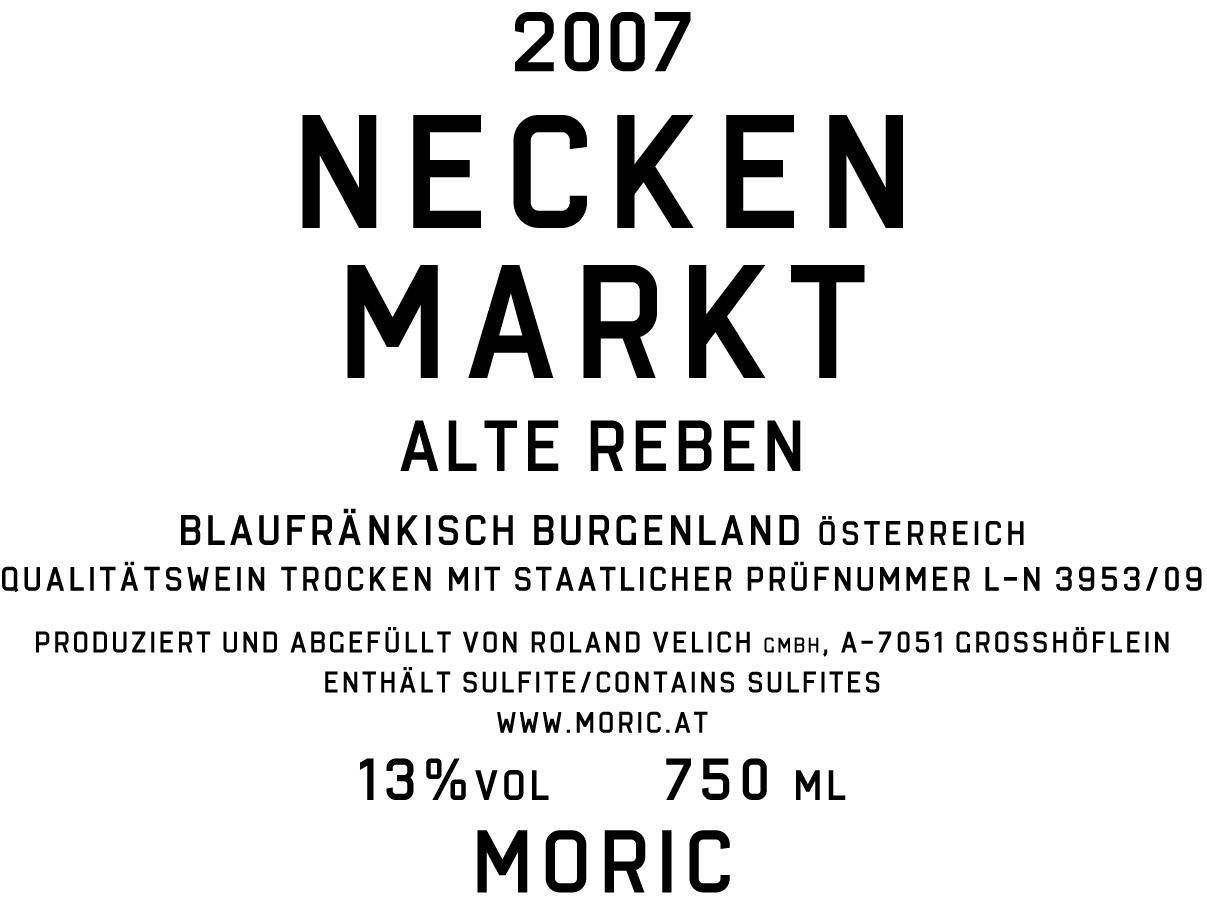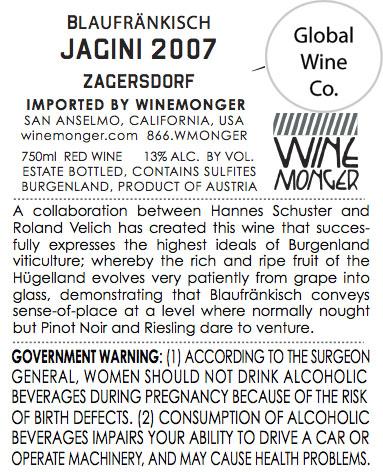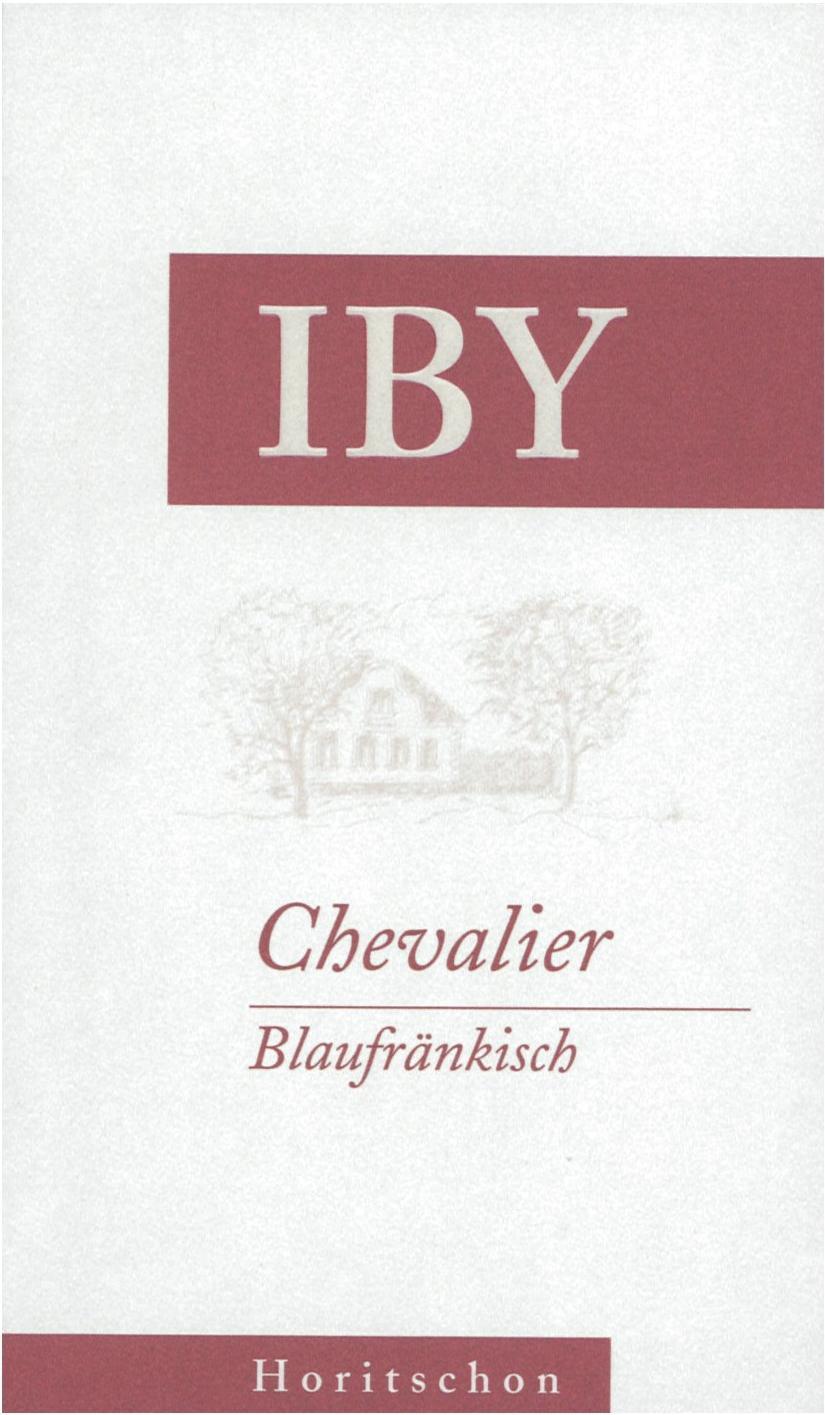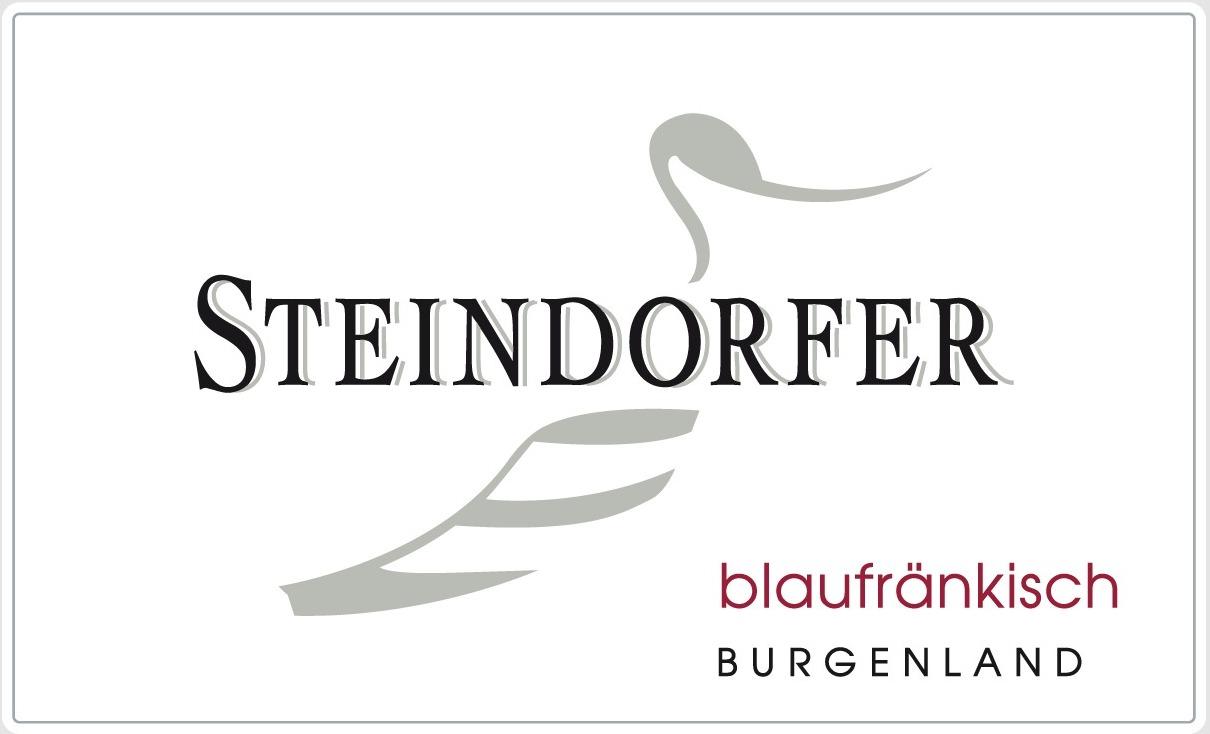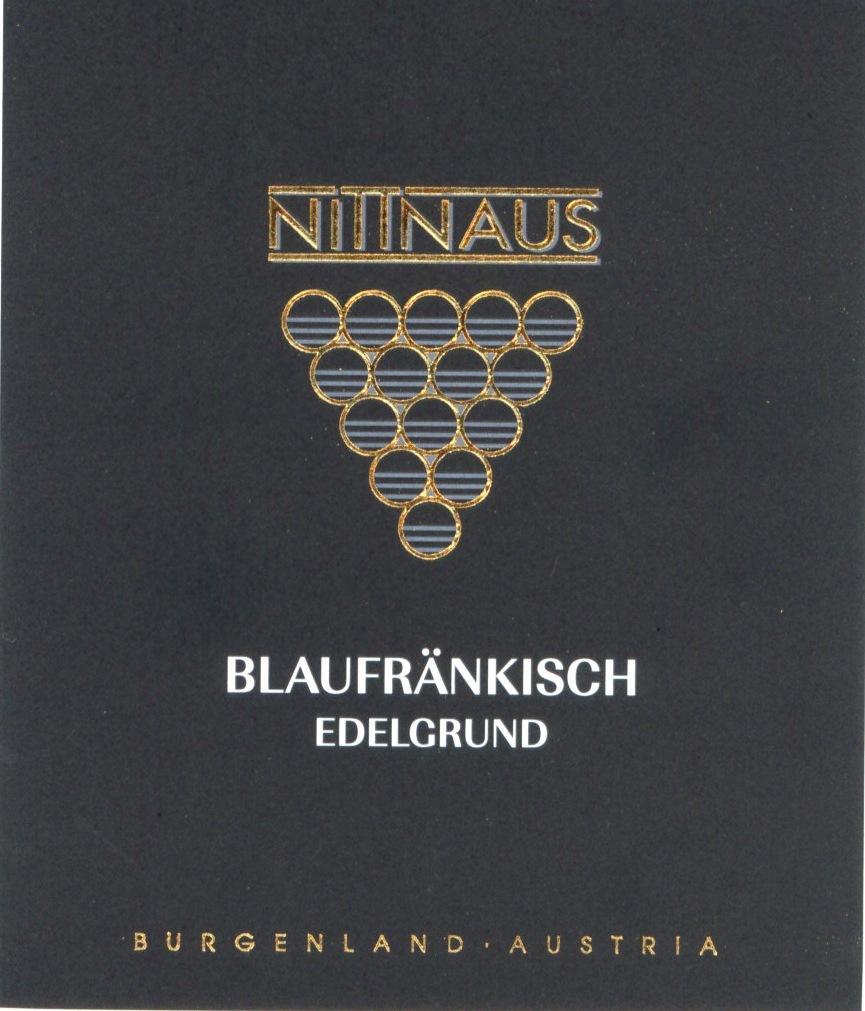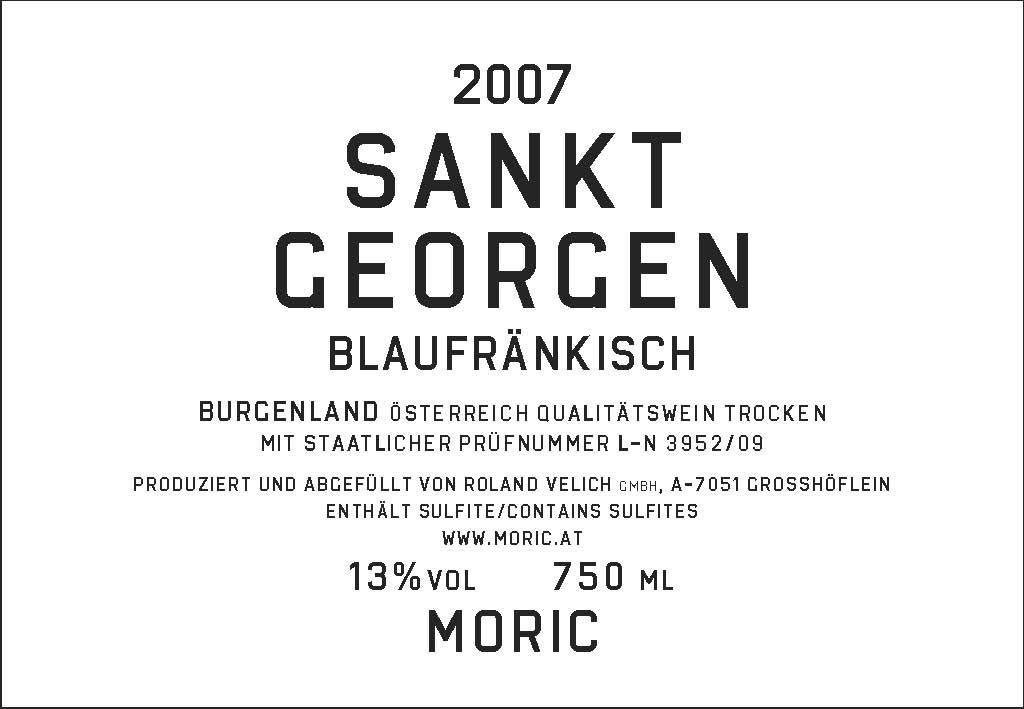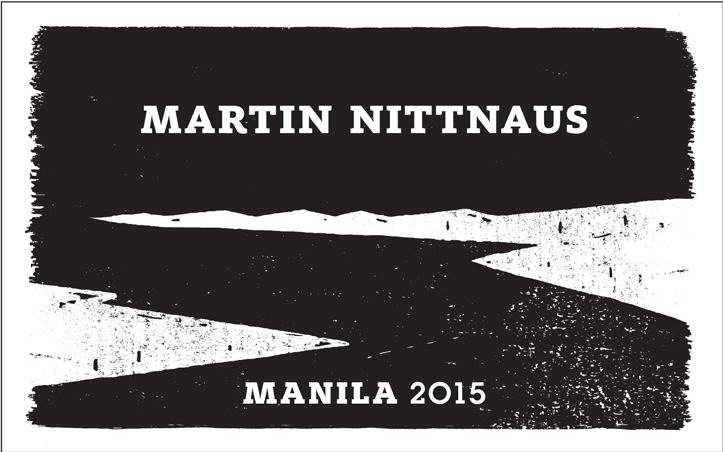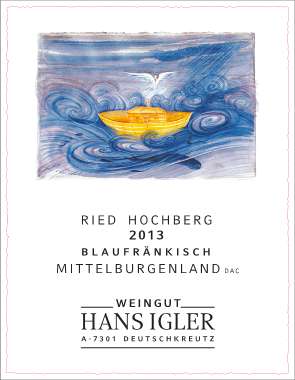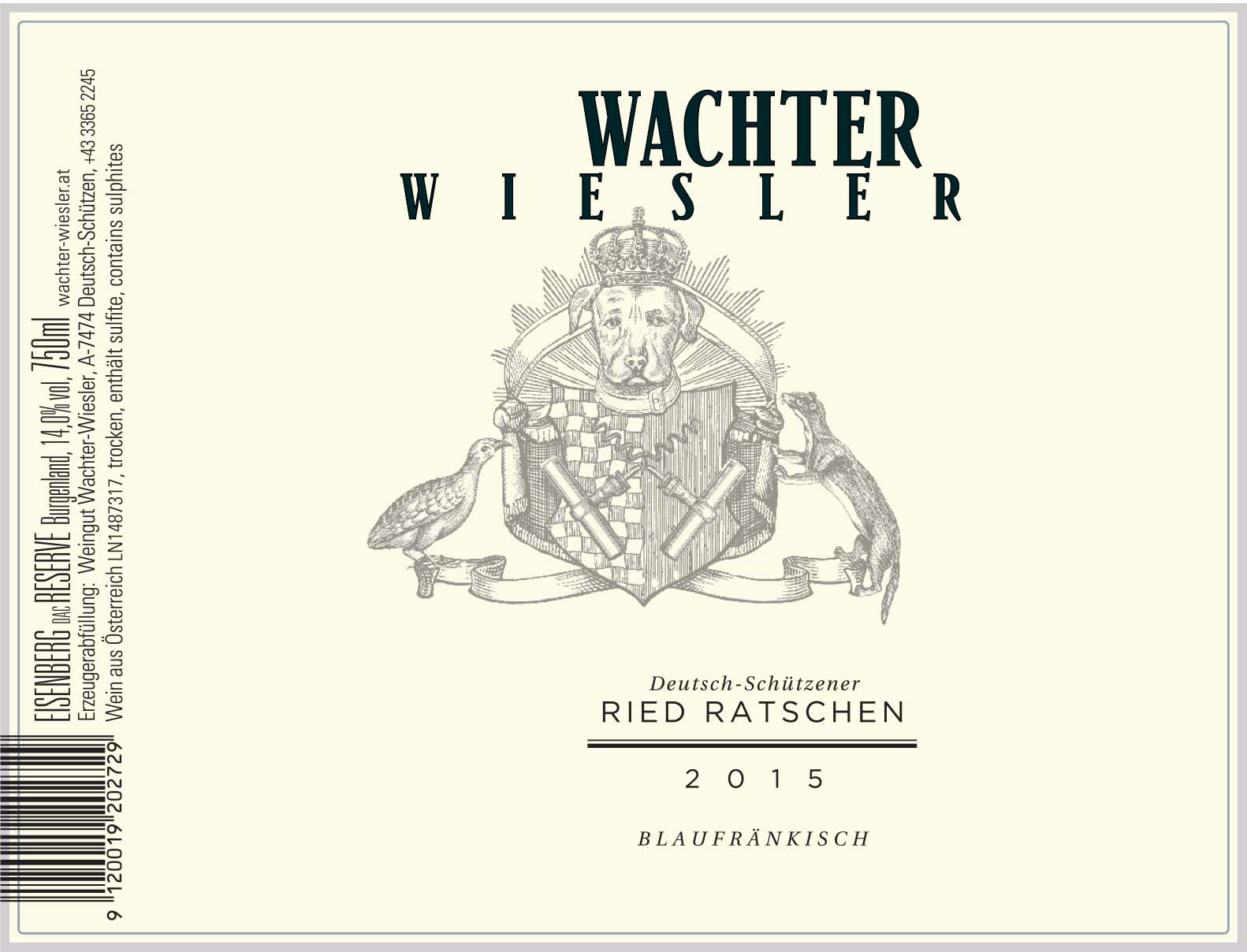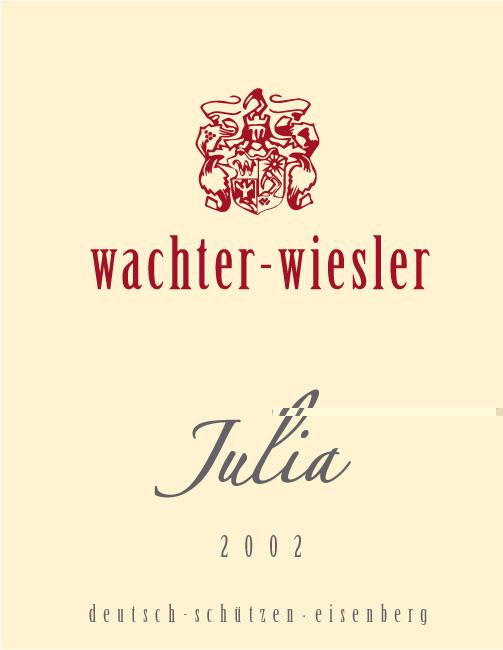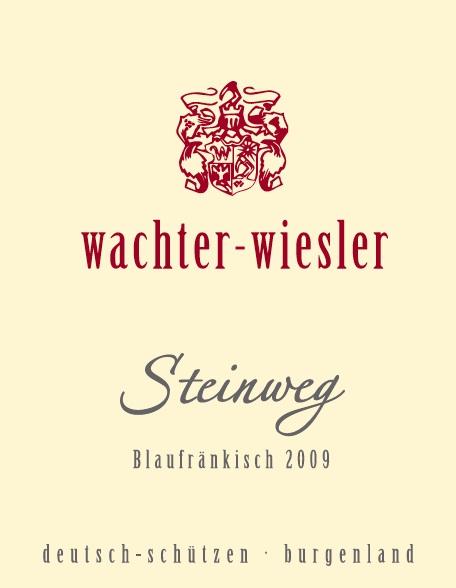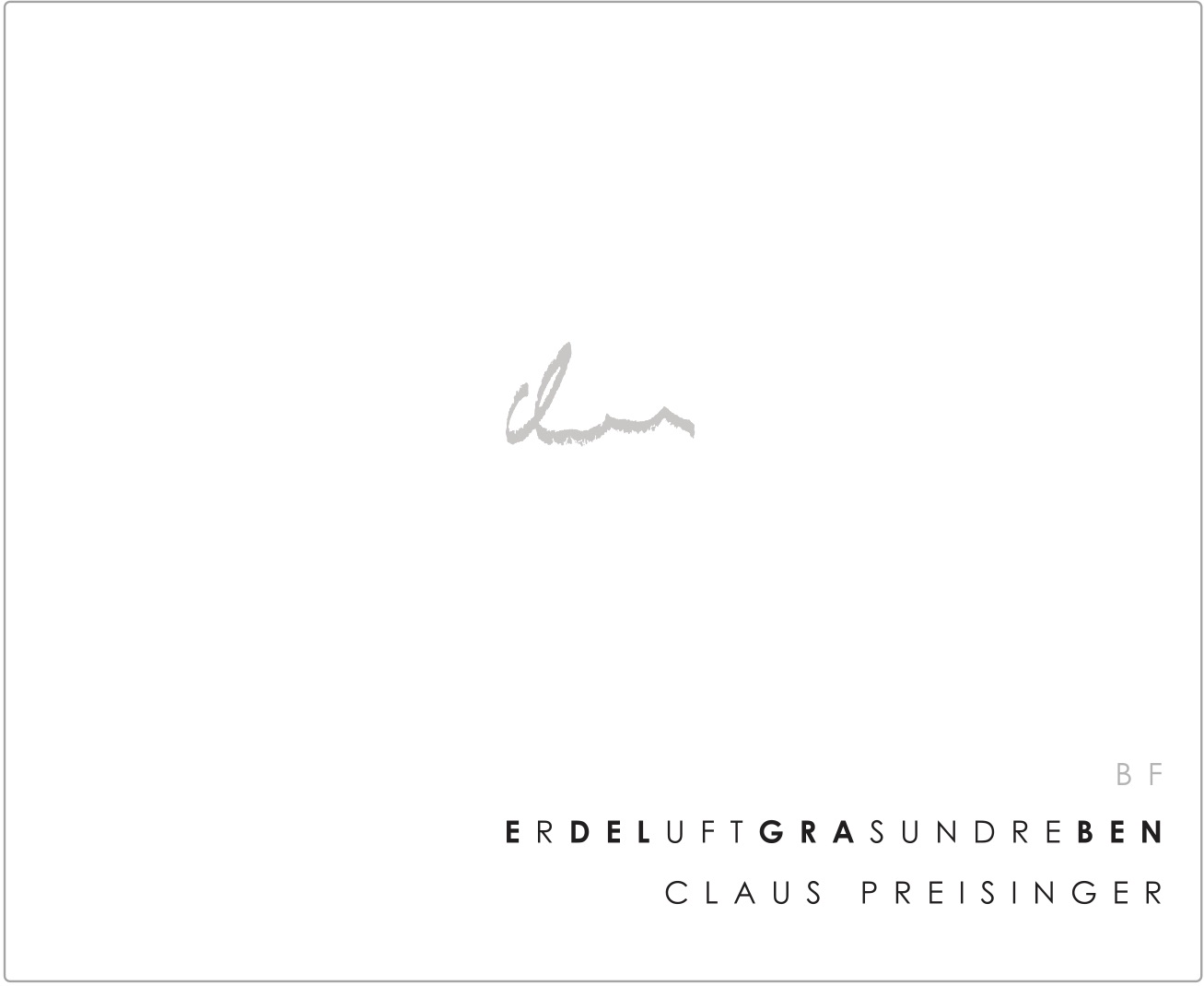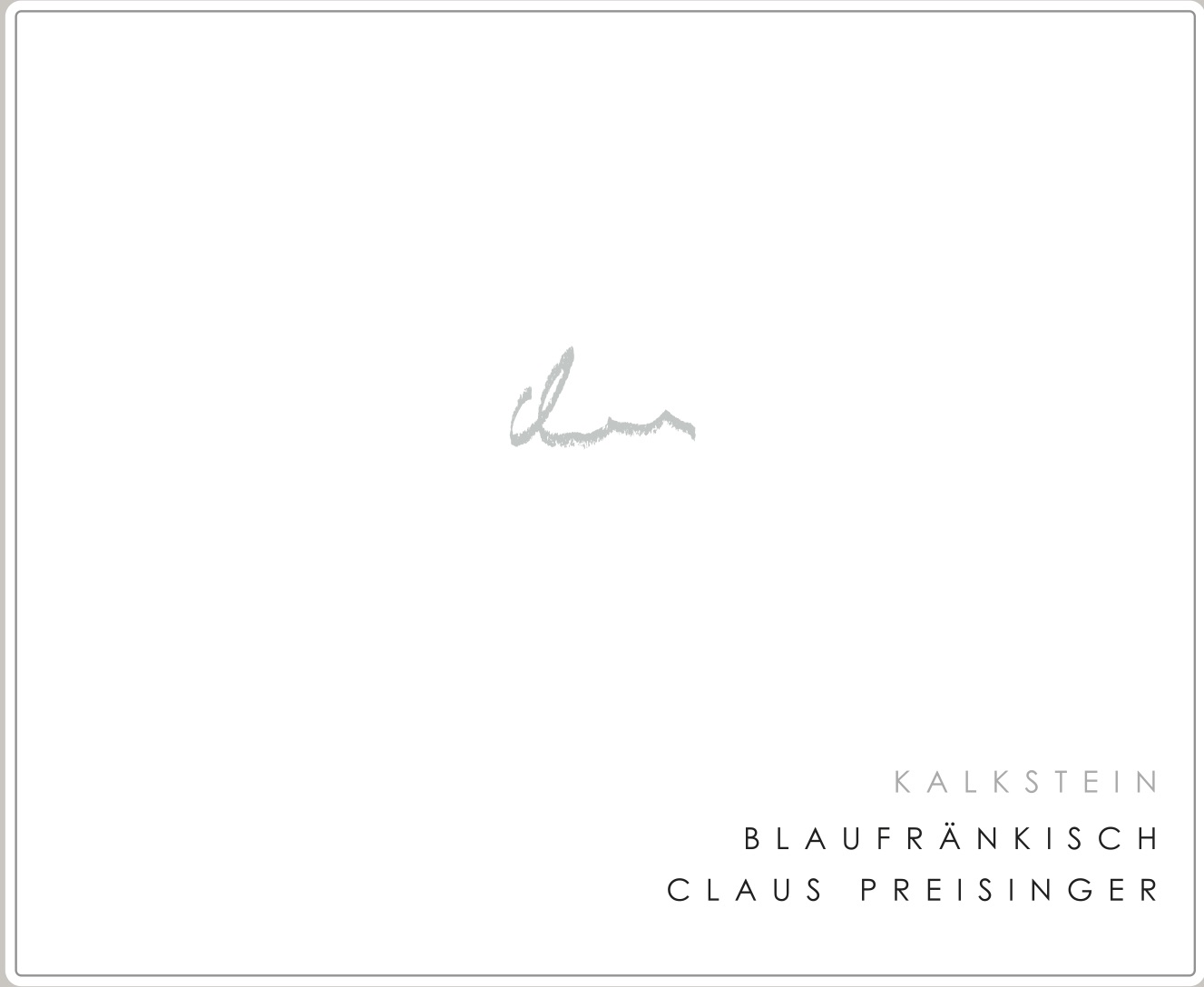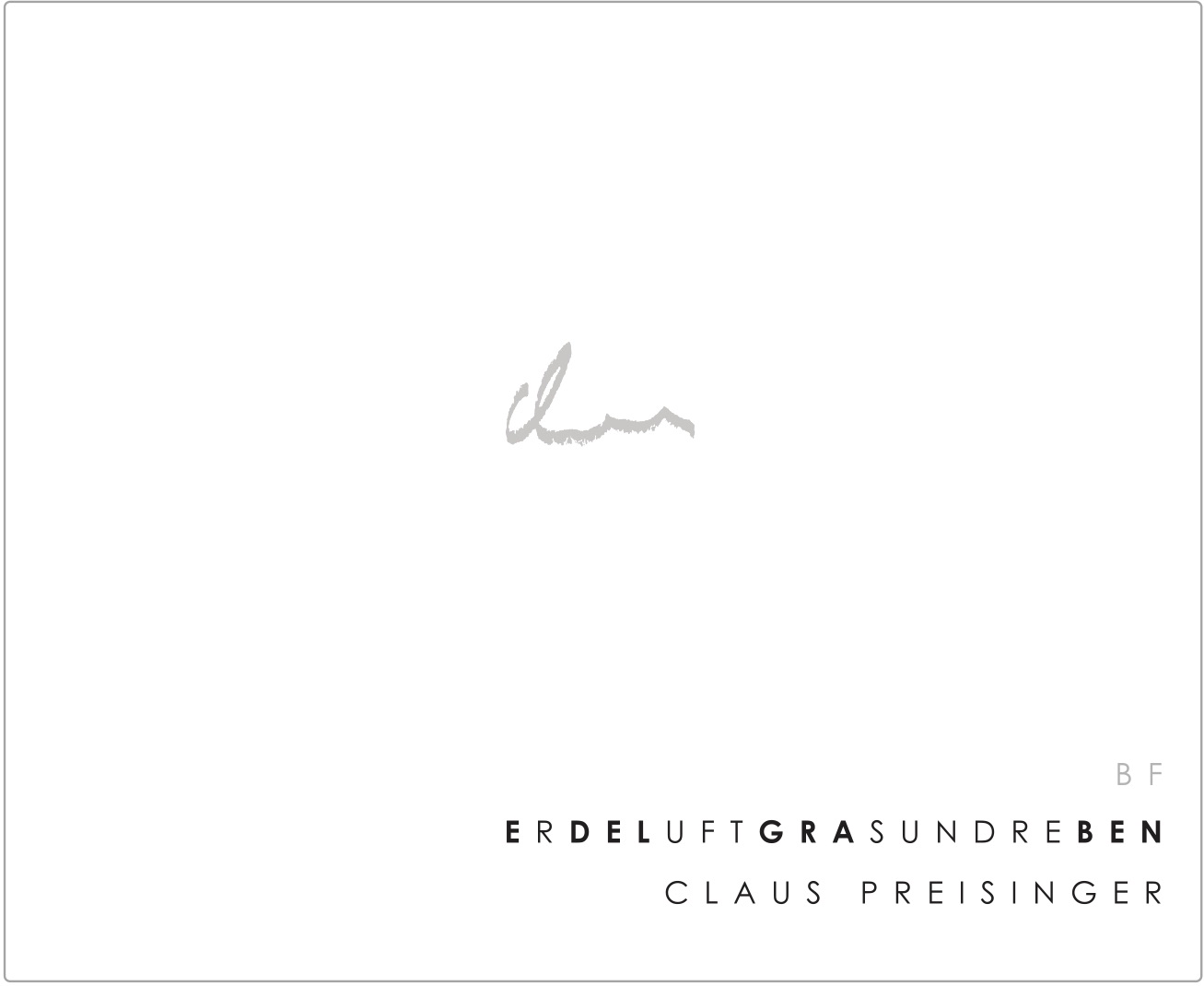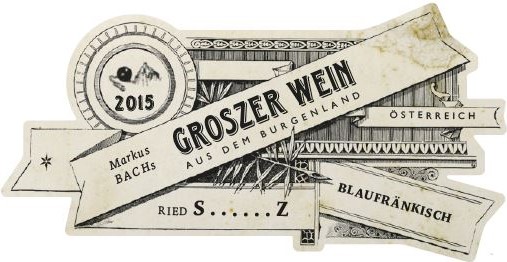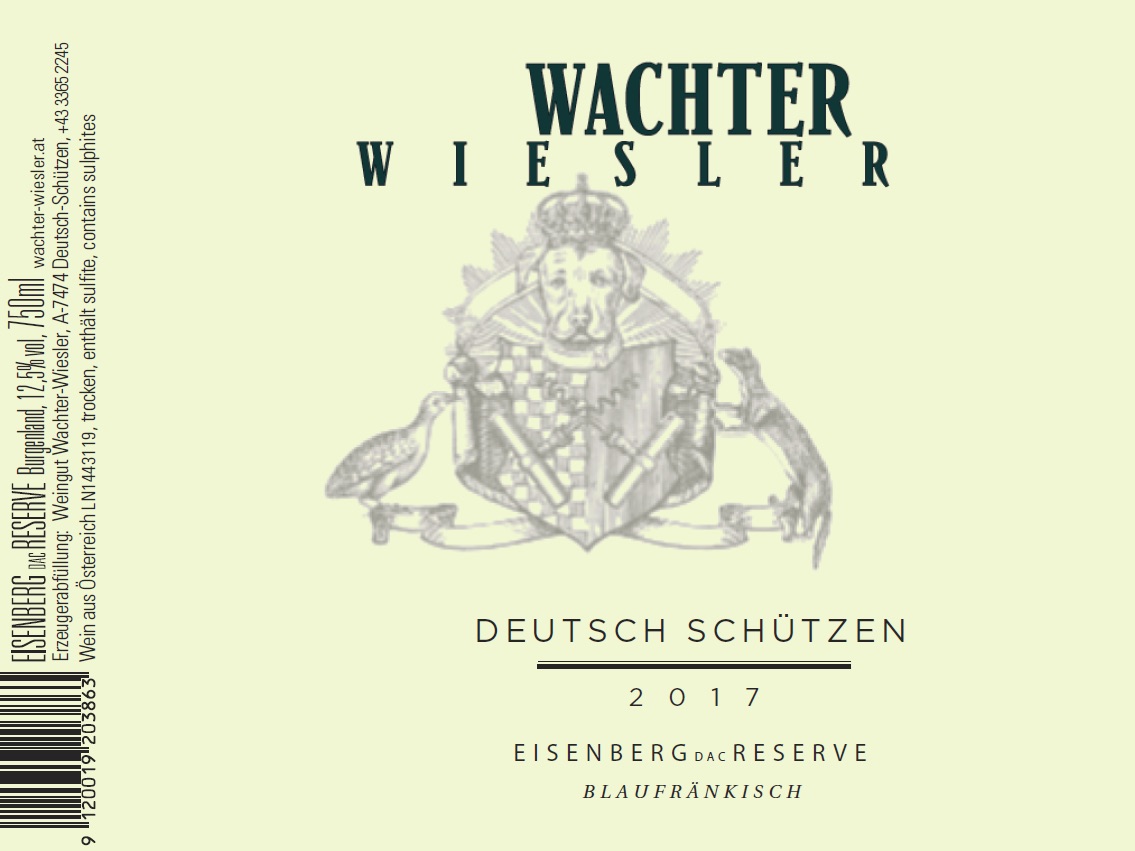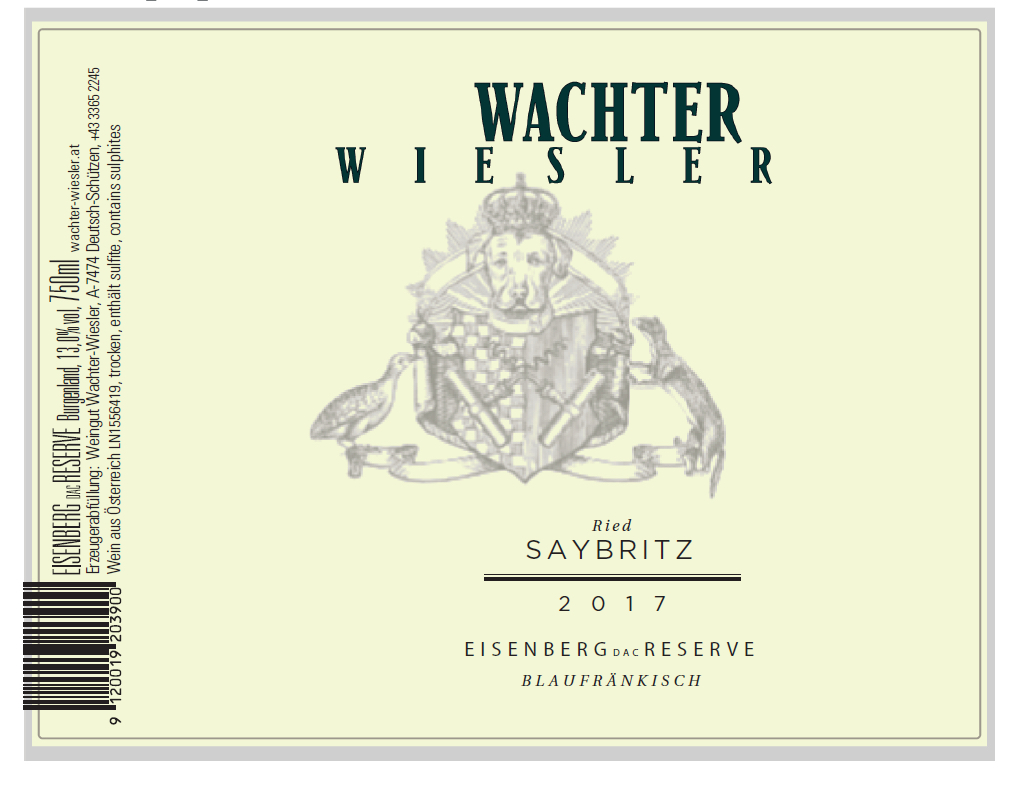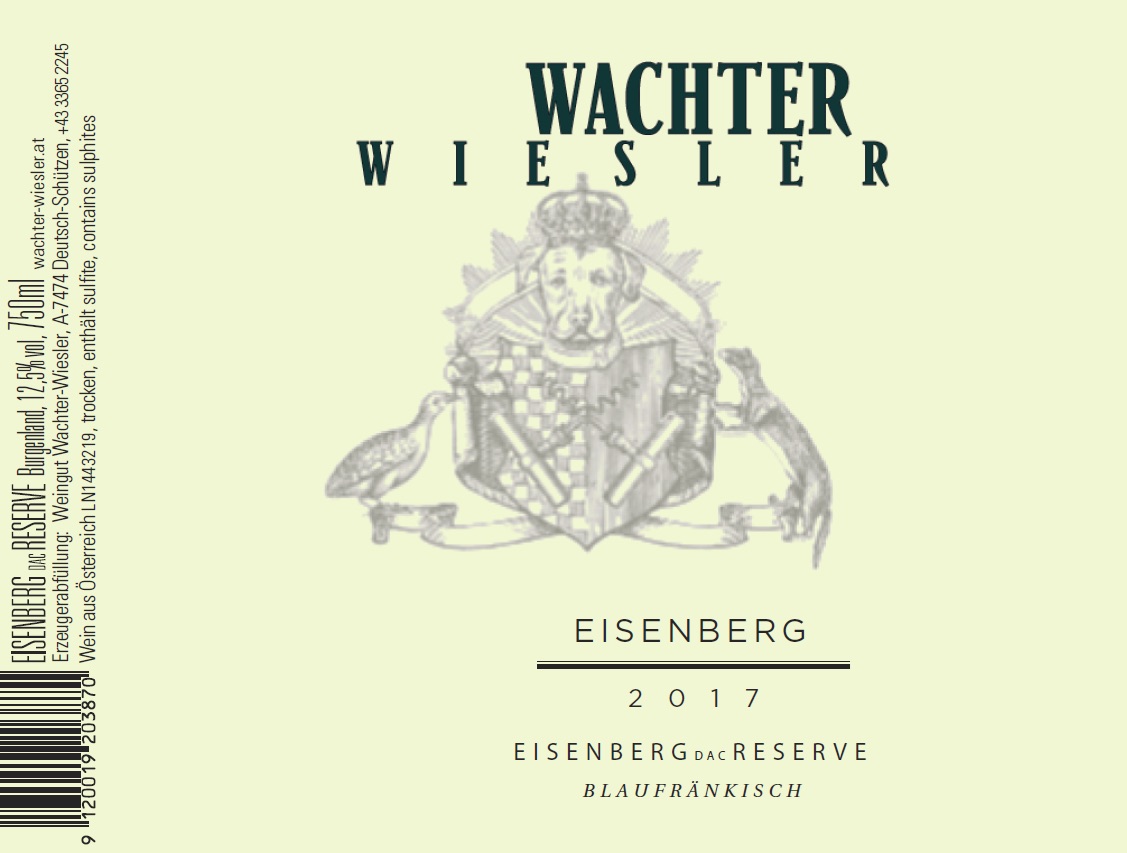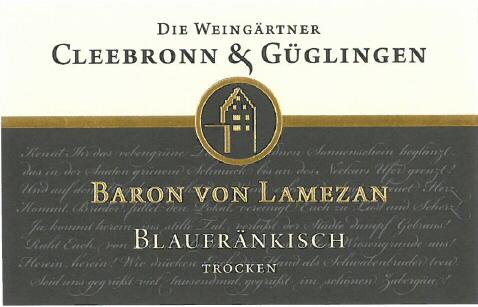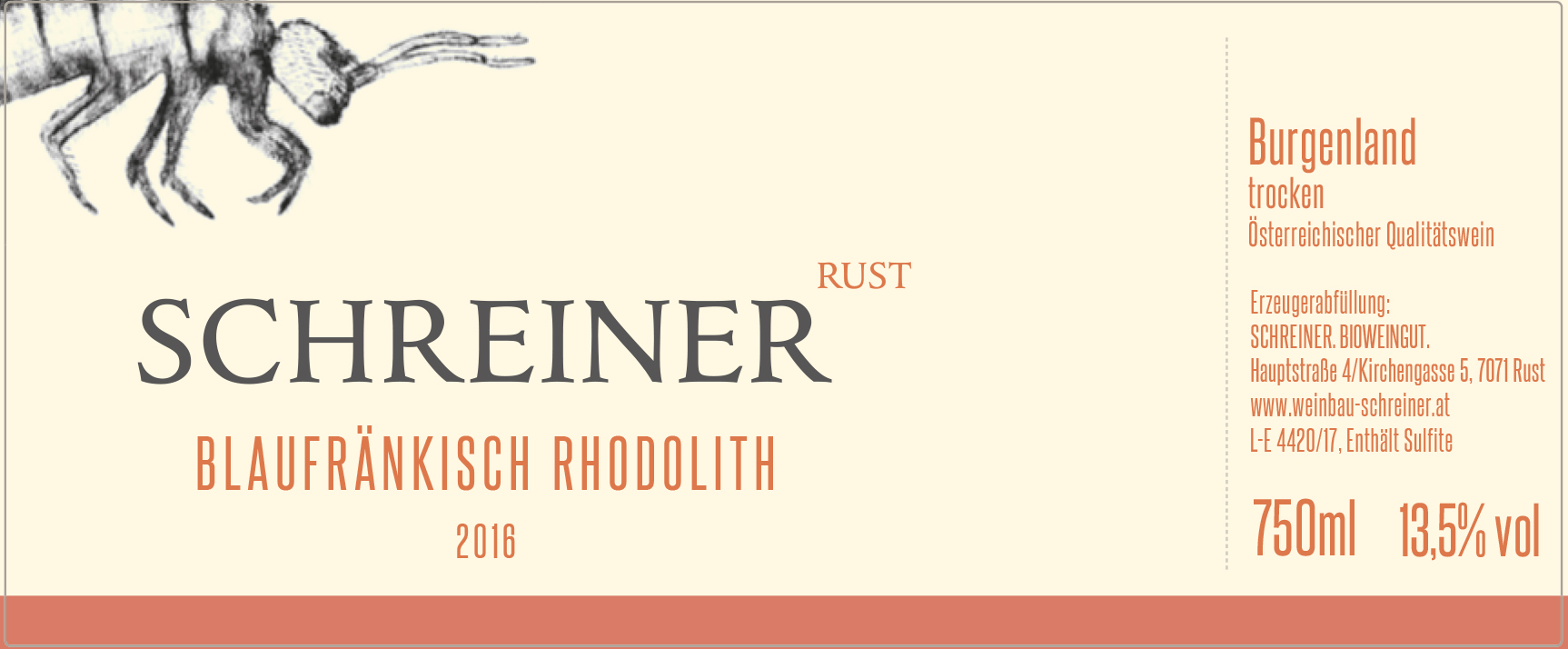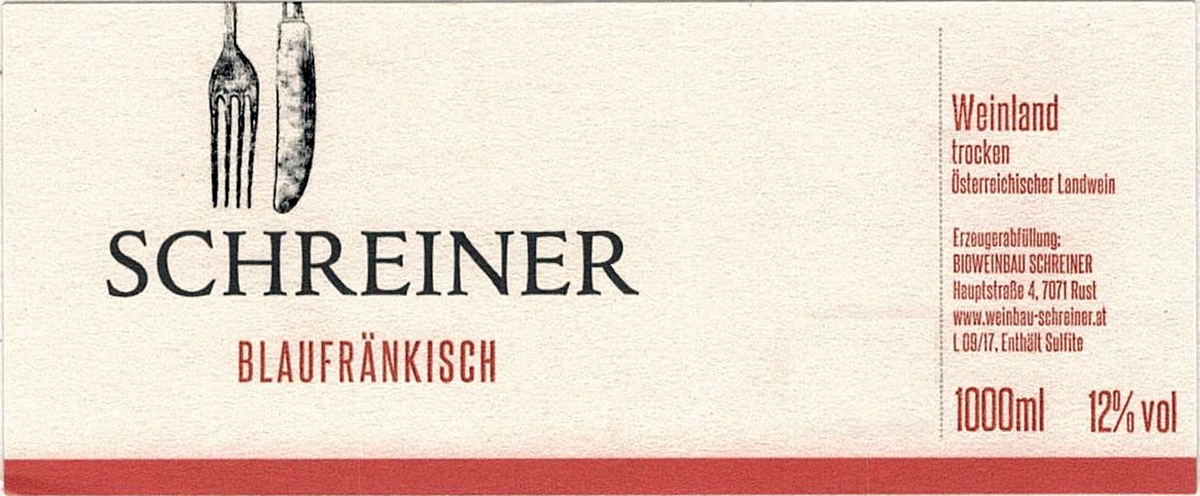Characteristics of Blaufränkisch
Blaufränkisch is a red grape known for producing wines with deep ruby to purple color and a solid, structured feel, often showing a notably aromatic profile of dark berries and spice.
Its naturally high acidity gives the wine a lively, refreshing edge, making it both food-friendly and well-suited to aging. Tannins are moderate to high—often dense, prominent, or even gripping in youth—but mellow into a smooth, velvety texture with time or careful winemaking.
While body usually ranges from medium (as seen in lighter German Lemberger styles) to full in warmer regions or with oak aging, alcohol levels are typically moderate (13–14.5% ABV) but can occasionally reach up to 15%.
What Does Blaufränkisch Taste Like?
Blaufränkisch offers a dynamic interplay of dark fruit—think blackberry, black cherry, and plum—lifted by brighter notes of sour cherry and cranberry, with regional soils like slate, schist, or limestone contributing earthy, mineral, and sometimes floral or savory nuances.
Oak aging can impart not just vanilla, cedar, toast, and baking spices, but also hints of nougat, coffee, or dark chocolate, while some producers use amphorae for a purer expression.
Winemaking choices such as whole bunch fermentation, native yeasts, or gentle pressing influence the wine’s texture and aromatic complexity. Typically dry, Blaufränkisch is marked by medium-high acidity, moderate to firm tannins, and a lingering finish that may reveal spice, subtle bitterness (like cherry pit or dark chocolate), and occasionally gamey or meaty undertones.
Notable Region Blaufränkisch Grows In
Blaufränkisch is a true reflection of its origin, with each region imparting distinct characteristics shaped by climate, soil, and tradition.
-
Austria – Burgenland (Mittelburgenland DAC): Often called "Blaufränkischland," this area produces structured, spicy, and bold wines thanks to its rich loamy soils and a focus on varietal purity.
-
Austria – Leithaberg DAC: Set on limestone and slate slopes near Lake Neusiedl, Leithaberg is known for elegant, mineral-driven Blaufränkisch with notable finesse and freshness.
-
Hungary – Sopron: Just across the border from Austria, Sopron is celebrated for its Kékfrankos, often showing a balance of richness and vibrancy, especially in vineyards close to the lake.
-
Germany – Württemberg: Here, Blaufränkisch (known as Lemberger) tends to be lighter-bodied with softer tannins, offering a more delicate and approachable expression of the grape.
Food Pairings
Blaufränkisch’s lively acidity, firm tannins, and signature dark fruit and spice notes make it a versatile partner for a range of hearty, savory dishes.
-
Classic Proteins & Hearty Fare: The wine’s structure is ideal for roasted or grilled meats—think pork loin, lamb shank, duck, brisket, or even venison—while its earthy undertones naturally complement traditional Central European stews like Hungarian goulash and rich, spiced sausages such as bratwurst.
-
Vegetable & Pasta Dishes: Blaufränkisch’s depth brings out the best in roasted root vegetables, spiced mushrooms, and pastas with robust meat or mushroom sauces; its acidity also cuts beautifully through tomato-based ragù and even works with pizza and barbecue.
-
Cheese & Charcuterie: For cheese lovers, semi-hard to hard aged cheeses—especially those made from sheep’s milk—shine alongside this wine, as do classic charcuterie boards and regional specialties like spaetzle, all of which echo the wine’s origins and balance its boldness.


